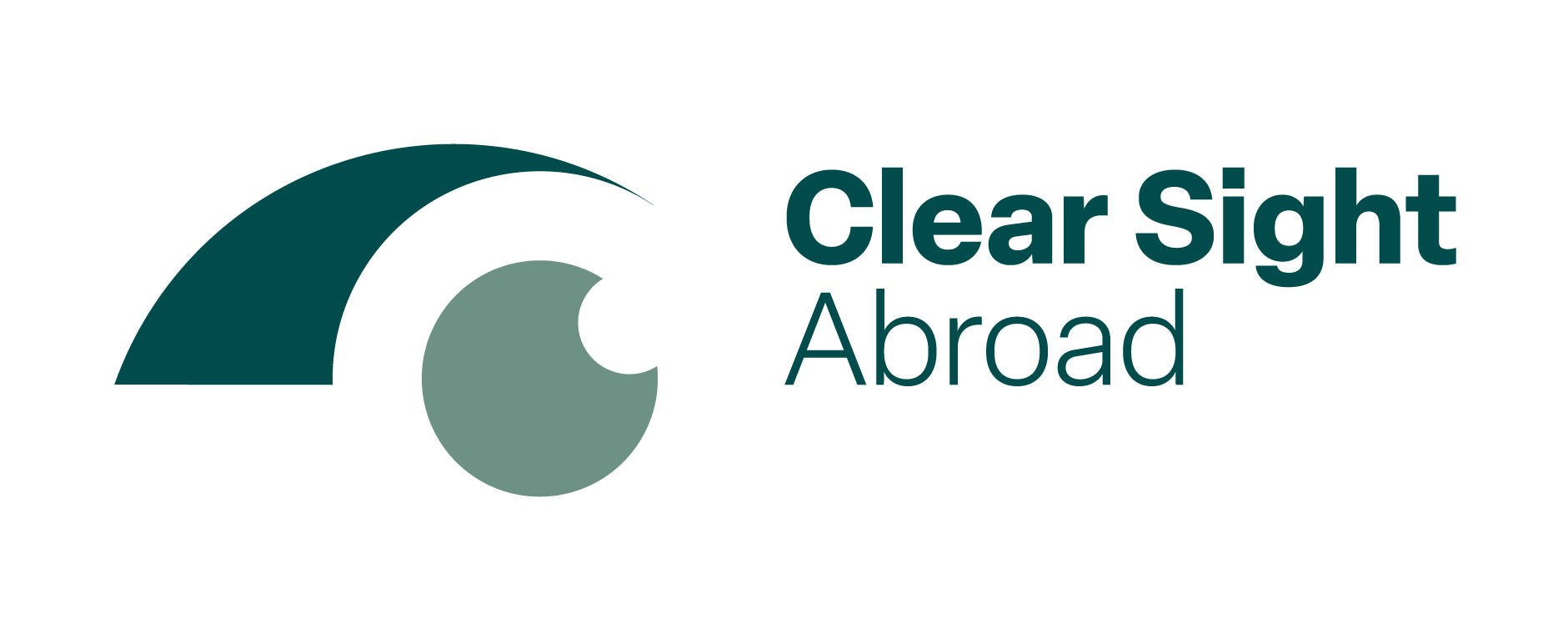Laser eye surgery has transformed the field of vision correction, offering millions of people around the world an alternative to glasses and contact lenses. Among the most popular procedures are LASIK (Laser-Assisted In Situ Keratomileusis) and SMILE (Small Incision Lenticule Extraction). Both surgeries aim to correct refractive errors like myopia (nearsightedness), hyperopia (farsightedness), and astigmatism by reshaping the cornea. However, they do so through different techniques and technologies. This article provides a detailed comparison between LASIK and SMILE to help you understand the key differences, advantages, and considerations of each procedure.
What is LASIK?
LASIK is the most widely known and performed type of laser eye surgery. The procedure involves the following steps:
- Creation of a Corneal Flap: The surgeon creates a thin, hinged flap on the surface of the cornea using either a microkeratome blade or a femtosecond laser.
- Reshaping the Cornea: After lifting the flap, an excimer laser is used to precisely remove microscopic amounts of corneal tissue, reshaping the cornea to correct the refractive error.
- Replacing the Flap: The corneal flap is then repositioned over the treated area, where it adheres naturally without the need for stitches.
What is SMILE?
SMILE is a more recent innovation in laser eye surgery. It is minimally invasive and differs significantly from LASIK in its approach:
- Lenticule Creation: Using a femtosecond laser, the surgeon creates a small, lens-shaped piece of tissue (lenticule) within the cornea.
- Lenticule Removal: A tiny incision is made on the surface of the cornea, through which the lenticule is extracted. This process reshapes the cornea and corrects the refractive error without the need for a large corneal flap.
Key Differences Between LASIK and SMILE
1. Surgical Technique
- LASIK: Involves creating a corneal flap, lifting it, and using an excimer laser to reshape the cornea. The flap is then replaced.
- SMILE: Involves creating and removing a lenticule through a small incision, reshaping the cornea without the need for a flap.
2. Invasiveness
- LASIK: Considered more invasive due to the creation of a large corneal flap, which can be around 20 mm in diameter.
- SMILE: Less invasive as it requires only a small incision (approximately 2-4 mm) without creating a large flap.
3. Recovery Time
- LASIK: Generally offers a quick recovery, with most patients experiencing improved vision within 24-48 hours. However, because of the flap, there is a slightly higher risk of complications if the flap is disturbed during the healing process.
- SMILE: Also offers quick recovery, often within a few days. Since there’s no large flap, the cornea maintains more structural integrity, potentially reducing certain risks associated with healing.
4. Post-Operative Complications
- LASIK: Can result in complications related to the corneal flap, such as dislocation, epithelial ingrowth, or flap-related infections. Patients may also experience dry eyes, glare, halos, and other visual disturbances, especially at night.
- SMILE: Reduces the risk of flap-related complications since no flap is created. Patients also tend to experience fewer instances of dry eye post-operatively because fewer corneal nerves are disrupted during the procedure.
5. Range of Correctable Vision Issues
- LASIK: Can treat a broader range of refractive errors, including higher degrees of myopia, hyperopia, and astigmatism.
- SMILE: Primarily approved for the treatment of myopia and astigmatism. It is less commonly used for hyperopia or higher degrees of refractive errors.
6. Suitability and Candidacy
- LASIK: Suitable for a wider range of patients, but those with thin corneas, dry eyes, or certain corneal conditions may not be ideal candidates.
- SMILE: Ideal for patients with thicker corneas and those prone to dry eyes. It’s also a good option for people who engage in contact sports or activities where eye trauma is possible since there’s no flap that could be dislodged.
7. Visual Outcomes
- LASIK: Generally offers excellent visual outcomes, with the majority of patients achieving 20/25 vision or better.
- SMILE: Also provides excellent visual outcomes, comparable to LASIK, with high patient satisfaction rates. However, there is some debate about whether LASIK provides slightly sharper vision immediately post-operatively, although this difference often equalizes over time.
8. Technology and Availability
- LASIK: Has been around longer and is more widely available. The technology is well-established, with a long history of successful outcomes.
- SMILE: Is a newer technology, and while it is gaining popularity, it may not be available at all clinics. It requires specialized equipment, and not all surgeons are trained in the procedure.
Advantages of LASIK
- Broad Applicability: Suitable for a wide range of refractive errors.
- Established Procedure: Well-known with a long track record of success.
- Quick Vision Improvement: Many patients experience significant vision improvement within hours after the procedure.
Advantages of SMILE
- Minimally Invasive: No large corneal flap, reducing certain risks.
- Lower Risk of Dry Eyes: Fewer corneal nerves are disrupted.
- Better Structural Integrity: The cornea remains more intact, which is beneficial for those who engage in activities that may involve eye trauma.
Disadvantages of LASIK
- Flap-Related Risks: Possibility of complications related to the corneal flap.
- Dry Eyes: Higher likelihood of post-operative dry eye syndrome.
- Not Ideal for Certain Patients: Those with thin corneas or certain eye conditions may not be suitable candidates.
Disadvantages of SMILE
- Limited Treatment Range: Primarily used for myopia and astigmatism, with less applicability for hyperopia.
- Fewer Surgeons and Clinics: The procedure is less widely available compared to LASIK.
- Longer Learning Curve for Surgeons: As a newer procedure, it requires specific training and experience, which may limit its accessibility.
Conclusion
Both LASIK and SMILE offer effective solutions for vision correction, but they cater to slightly different patient needs and preferences. LASIK remains the most versatile and widely available option, with a proven track record across a broad range of refractive errors. SMILE, on the other hand, offers a less invasive alternative with fewer flap-related complications and a lower risk of dry eyes, making it an attractive option for those with thicker corneas or who engage in activities that put their eyes at risk of trauma.
Choosing between LASIK and SMILE should involve a thorough consultation with an experienced ophthalmologist who can assess your specific eye condition, lifestyle, and vision goals. Both procedures have their own set of benefits and limitations, and the best choice will depend on your unique circumstances.




